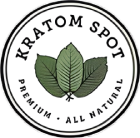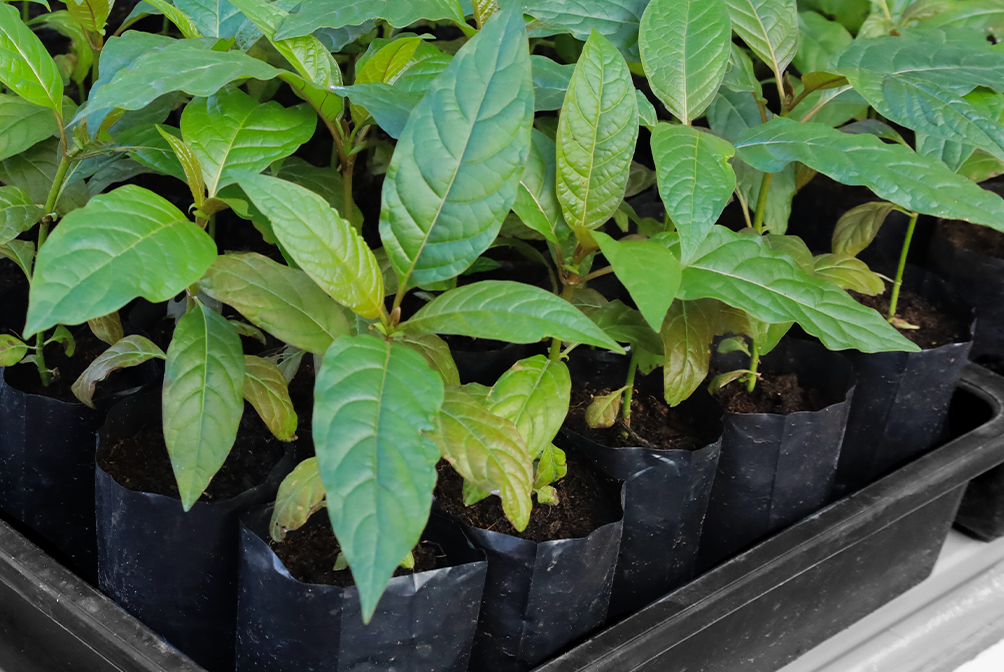
The state of Mississippi recently moved to ban kratom. Officials say the plant lacks medicinal value. Think about that for a moment: banning a plant because it lacks medicinal value. Does tobacco have medicinal value? What about the weeds in your back lawn—should we ban those, too?
And scientists disagree with the state of Mississippi. According to Albert Garcia-Romeu, Ph.D., an instructor of psychiatry and behavioral sciences at the John Hopkins University School of Medicine, cited in an official John Hopkins report on kratom:
“Kratom doesn’t belong in the category of a Schedule I drug, because there seems to be relatively low rate of abuse potential, and there may be medical applications to explore, including as a possible treatment for discomfort and opioid use disorder.”
Mississippi’s decision to ban kratom raises other questions: Are there other banned or illegal plants out there? Are there legitimate reasons to ban plants in the first place? What if they grow naturally in an illegal area?
In our research, we learned a lot more than expected. But first…
Your Guide to Banned Plants!
Brazilian Peppertree
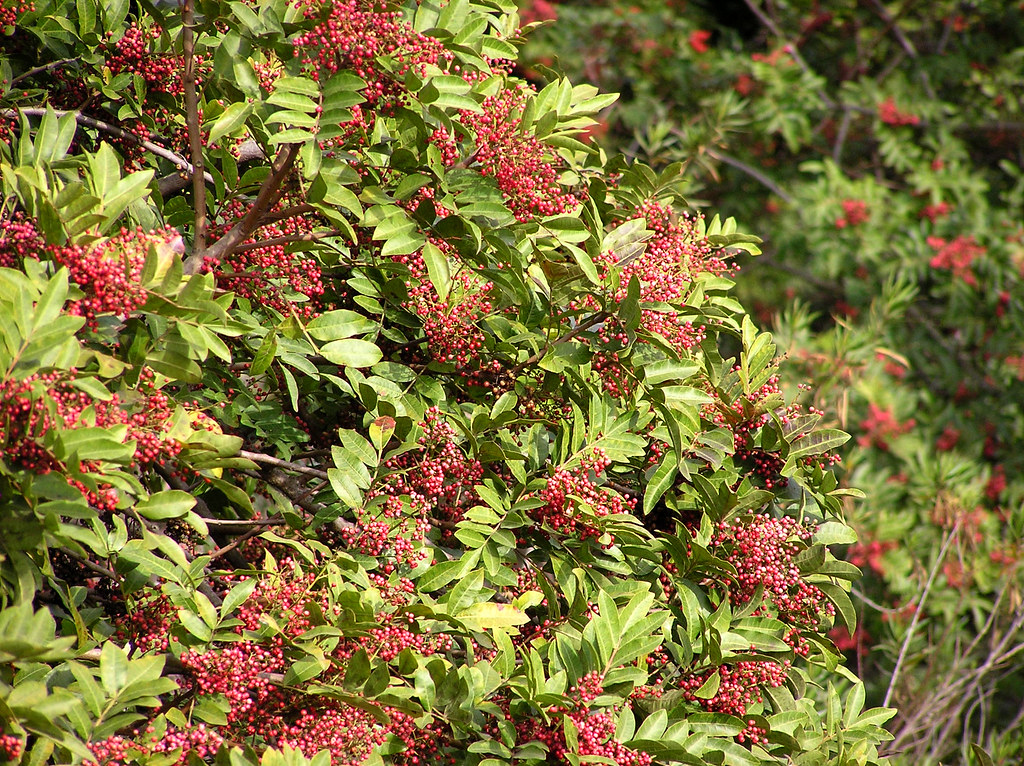
- Scientific name: Schinus terebinthifolius
- Native plant in: Argentina, Brazil, Paraguay
- US introduction: 1840s as an ornamental plant
- Banned plant in: Florida, Texas
- Reason: invasive species, environmental harm, toxic to humans
Chinese Privet
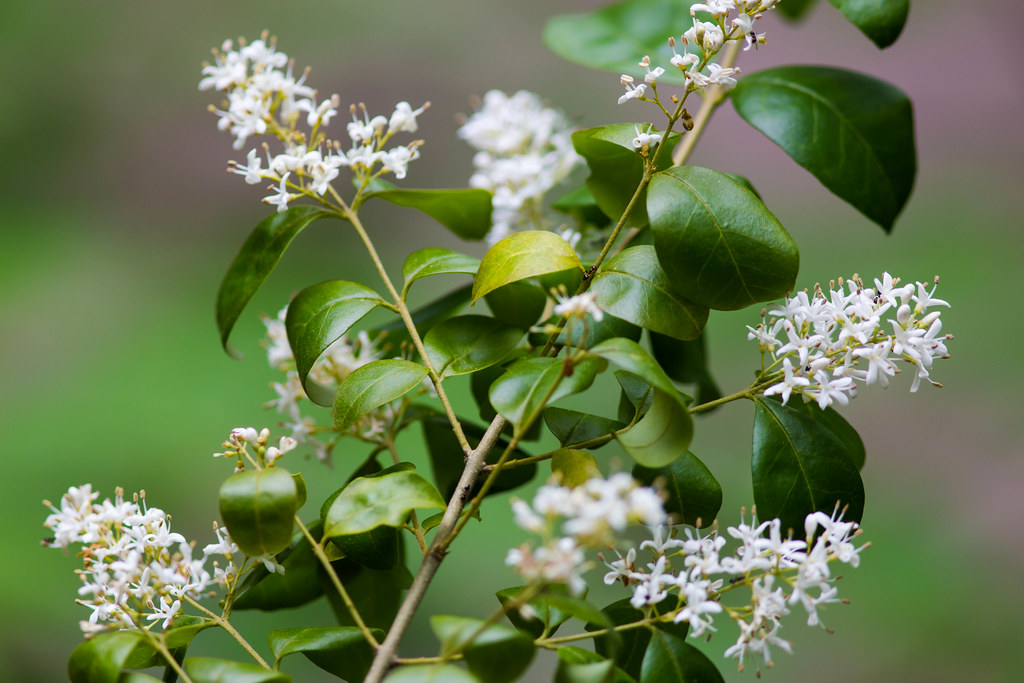
- Scientific name: Ligustrum sinense
- Native species in: China
- US introduction: 1852 as an ornamental plant
- Banned plant in: Alabama, Florida, Georgia, Mississippi, North Carolina, Texas
- Reason: invasive species, environmental harm, economic harm, toxic to humans
Cogongrass
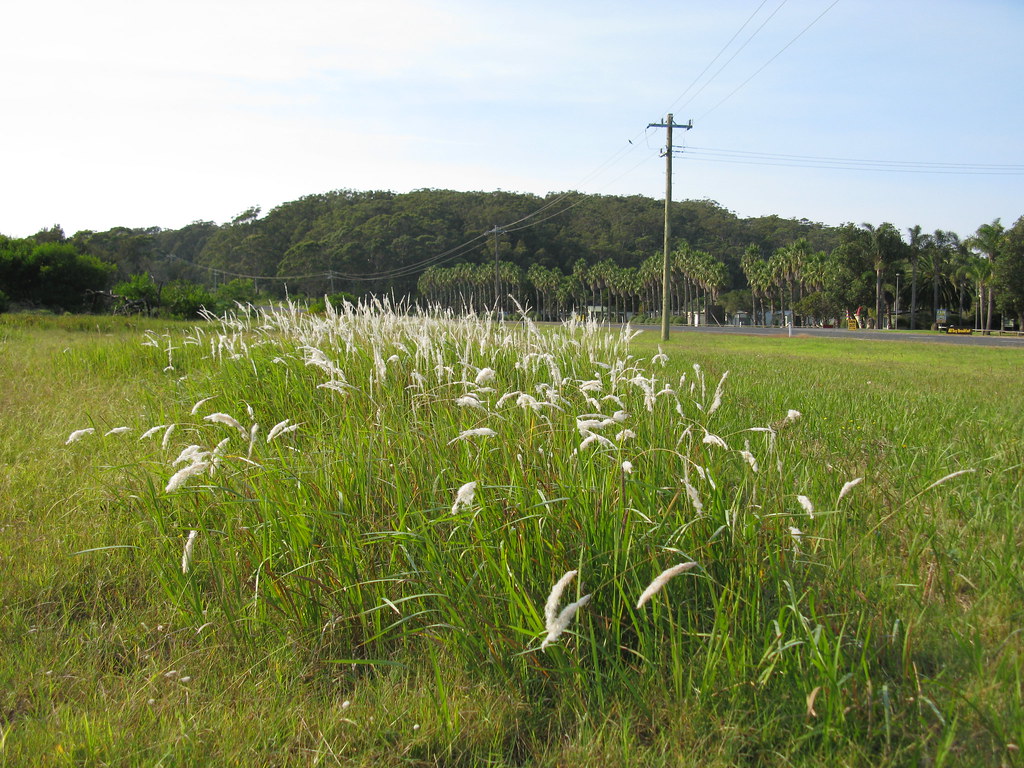
- Scientific name: Imperata cylindrica
- Native plant in: East Africa
- US introduction: 1912 by accident, 1930s for erosion control and other goods
- Banned plant in: Alabama, Georgia, North Carolina, Oregon, Texas, Virginia, and others
- Reason: invasive species, environmental harm
Creeping Thistle or “Canada Thistle”
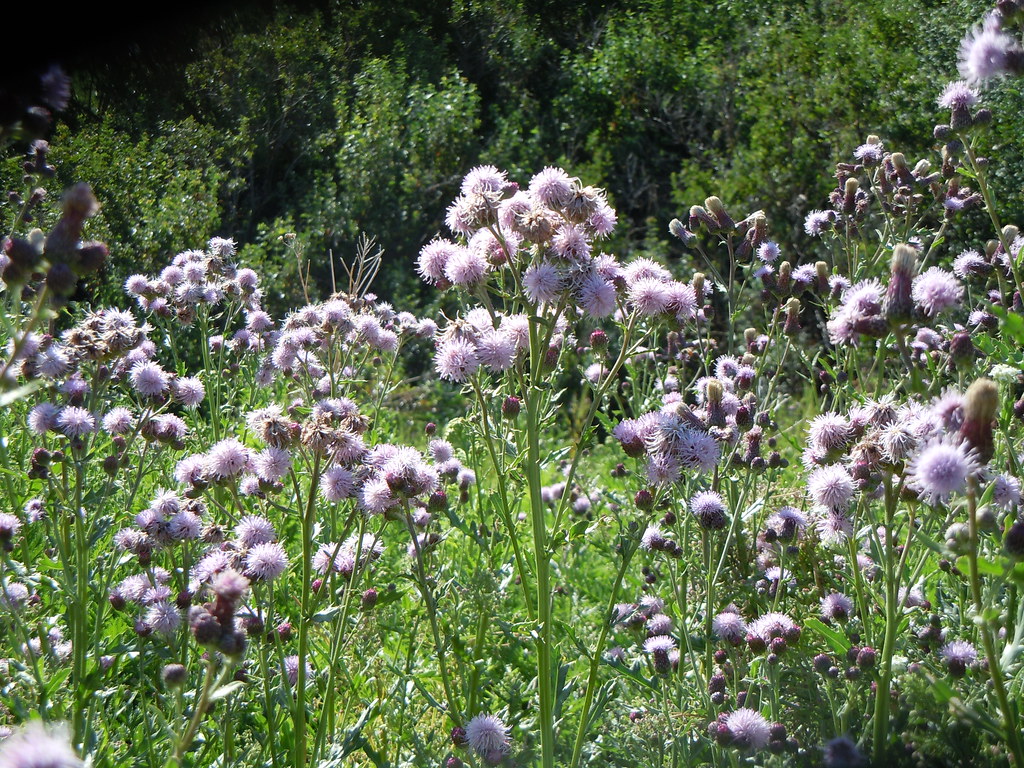
- Scientific name: Cirsium arvense
- Native species in: Europe
- US introduction: 1600s, possibly by accident
- Banned plant in: California, Colorado, Michigan, Pennsylvania, Washington, and others
- Reason: invasive species, environmental harm, economic harm
Fig Buttercup
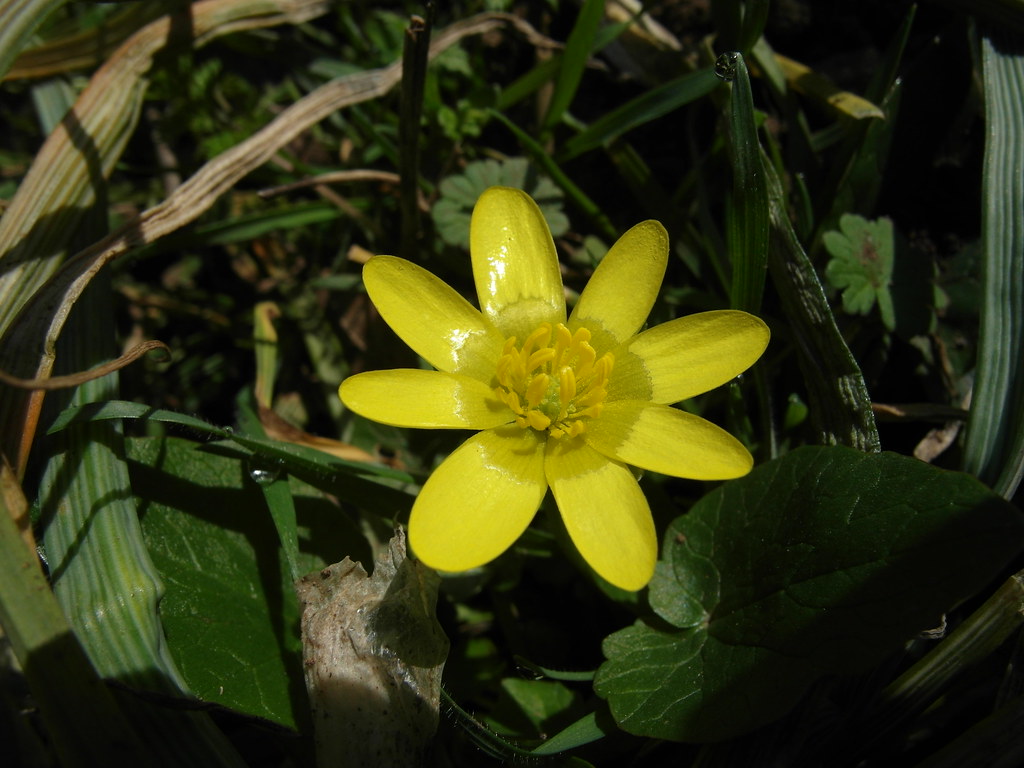
- Scientific name: Ficaria verna
- Native plant in: Europe, North Africa
- US introduction: 1867 as an ornamental plant
- Banned plant in: South Carolina
- Reason: invasive species, environmental harm, toxic to humans
Garlic Mustard
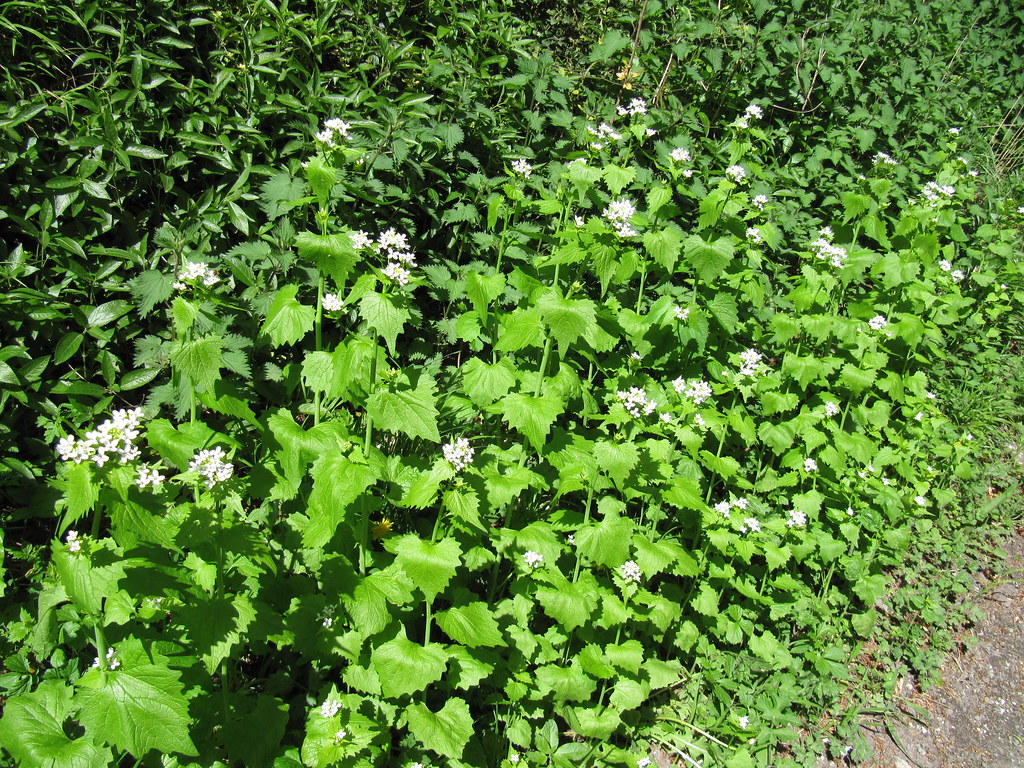
- Scientific name: Alliaria petiolata
- Native species in: Europe
- US introduction: 1868 as culinary and medicinal cultivator
- Banned plant in: Illinois, Indiana, Ohio, Virginia, Washington, West Virginia, and others
- Reason: invasive species, environmental harm
Japanese Barberry
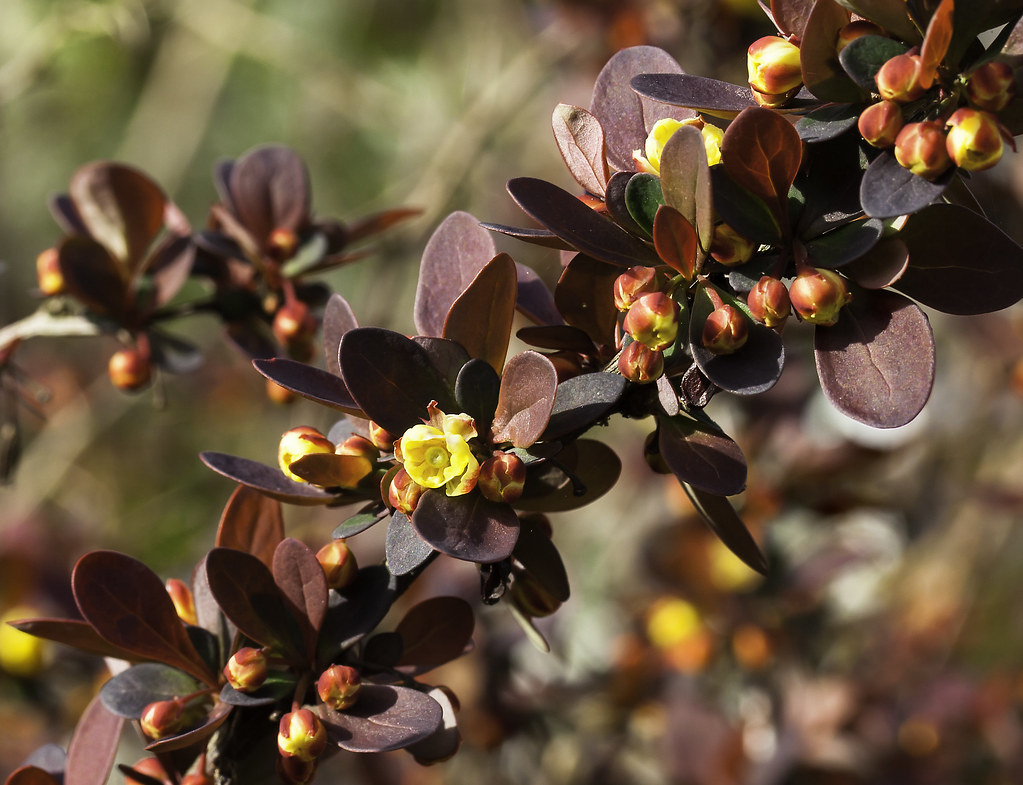
- Scientific name: Berberis thunbergii
- Native plant in: Japan
- US introduction: 1875 as an ornamental plant
- Banned plant n: Maine, Minnesota, New Hampshire, New York, Pennsylvania
- Reason: invasive species, environmental harm, economic harm
Johnsongrass
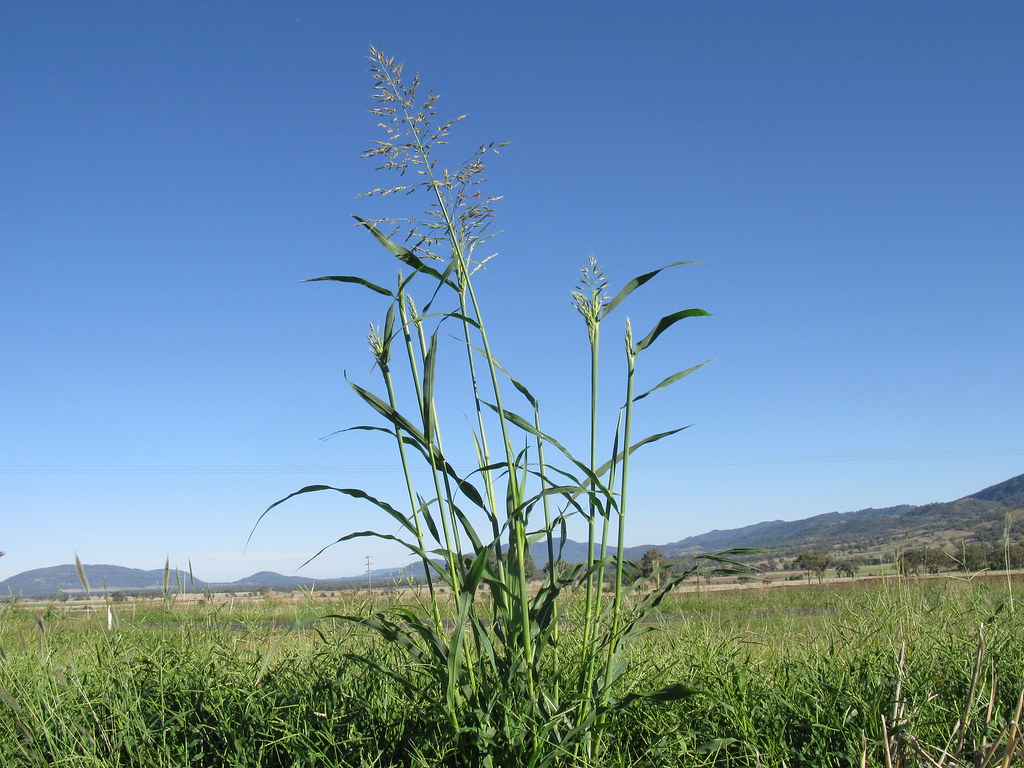
- Scientific name: Sorghum halepense
- Native species in: Mediterranean regions
- US introduction: 1800s as foraging cultivator
- Banned plant in: Missouri
- Reason: invasive species, environmental harm, economic harm
Kudzu
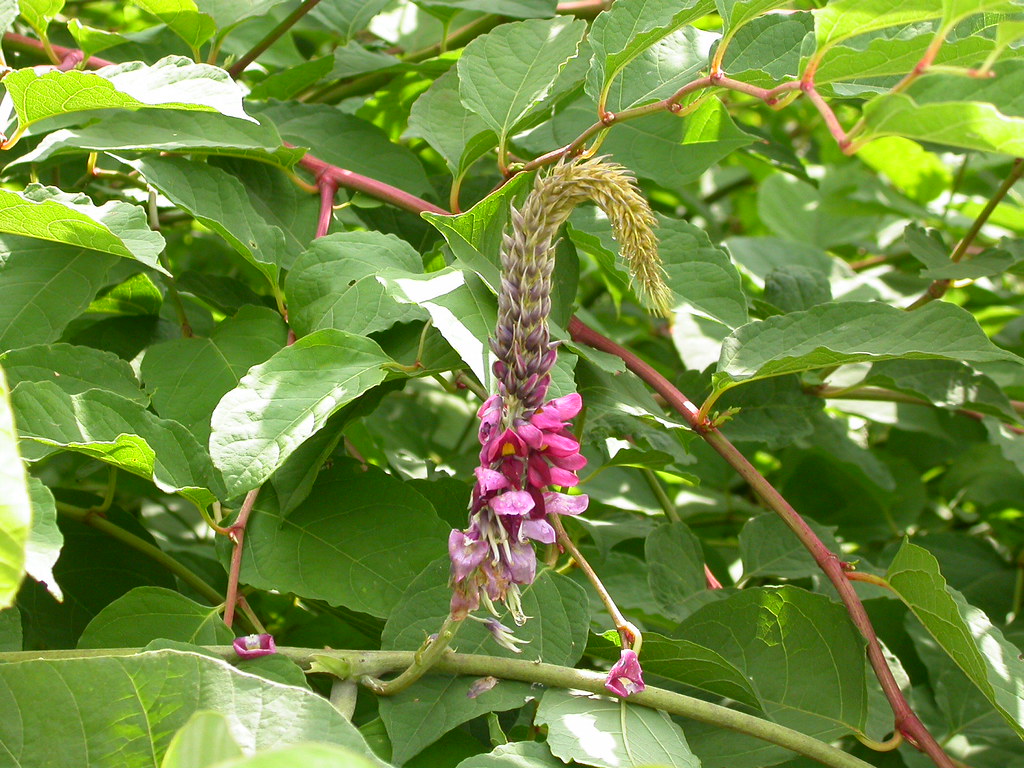
- Scientific name: Pueraria montana
- Native plant in: China, Japan
- US introduction: late 1800s as an ornamental plant and erosion control
- Banned plant in: Illinois, South Carolina
- Reason: invasive species, environmental harm, economic harm
Magic Mushrooms
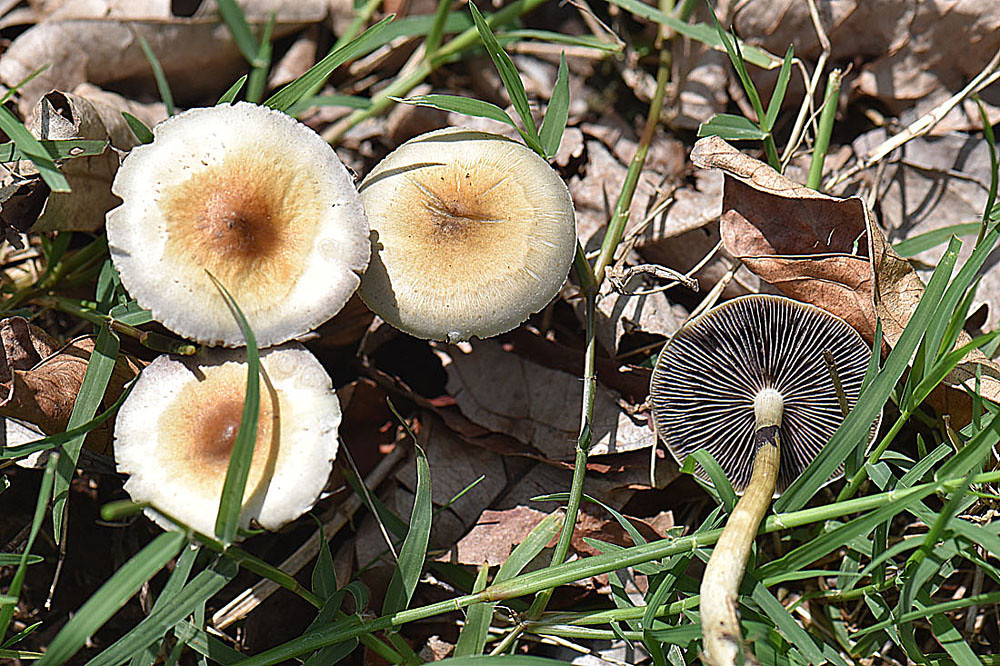
- Scientific name: Psilocybe cubensis
- Native species in: Brazil, the Caribbean, Peru, Thailand, the US, Vietnam, and others
- Banned plant in: the United States (regional laws notwithstanding)
- Reason: narcotic
Marijuana
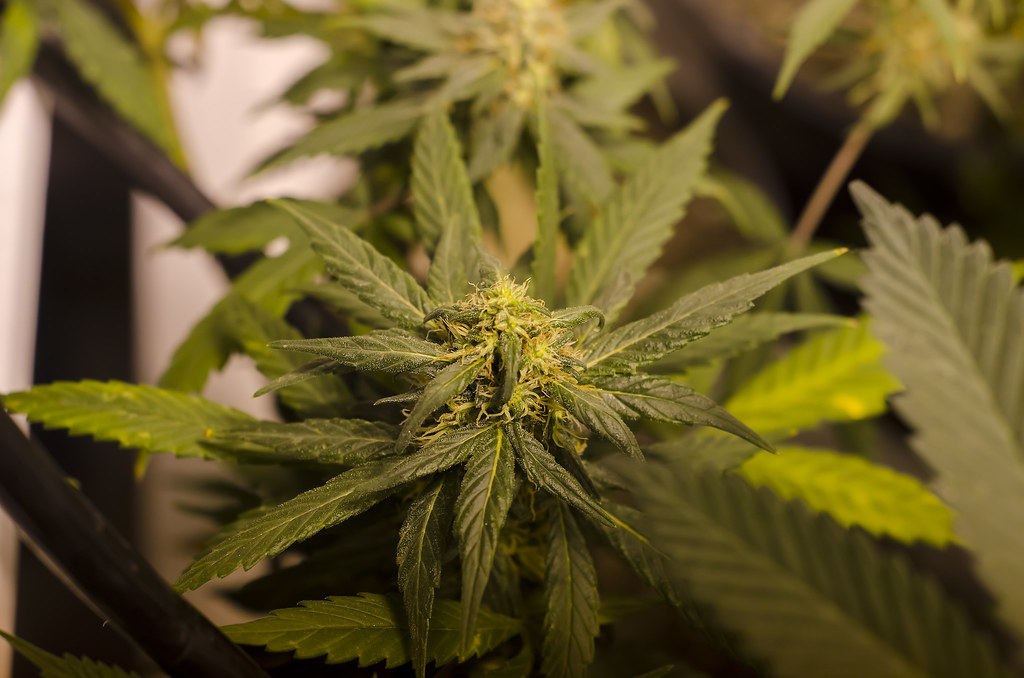
- Scientific name: Cannabis sativa
- Native plant in: East Europe, India, Iran
- US introduction: 1910s as medicinal and recreational cultivator
- Banned plant in: the United States (state laws notwithstanding)
- Reason: narcotic (Note: lawmakers support removing marijuana’s illegal plant status)
Opium Poppy
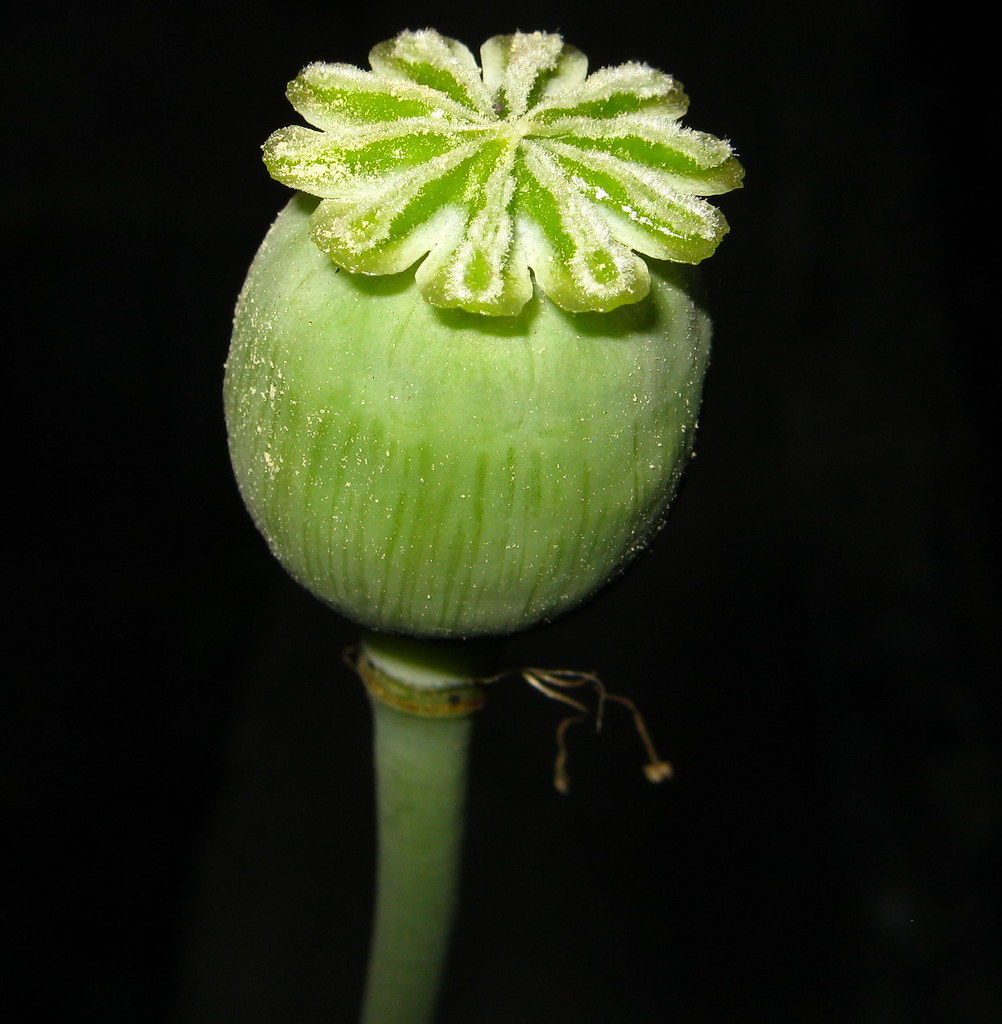
- Scientific name: Papaver somniferum
- Native species in: Europe, North Africa
- US introduction: 1800s as medicinal cultivator
- Banned plant in: the United States
- Reason: narcotic precursor, toxic to humans, toxic to animals
Peyote
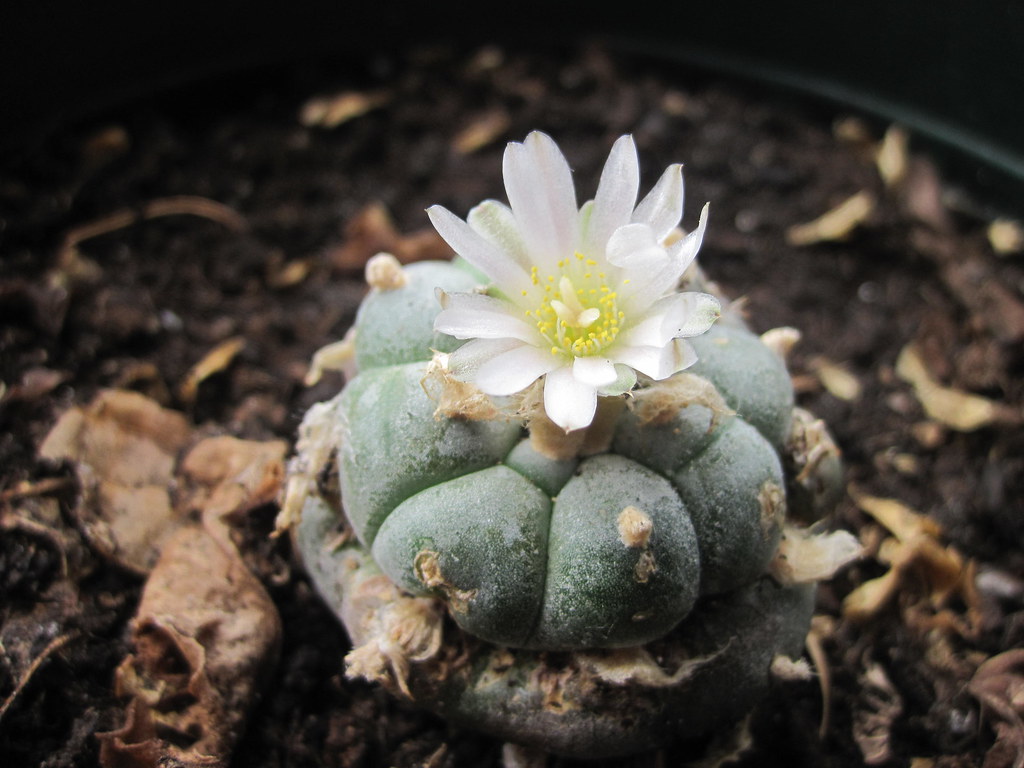
- Scientific name: Lophophora williamsii
- Native species in: Mexico, the United States (South Texas)
- Banned plant in: the United States
- Reason: narcotic
Russian Olive
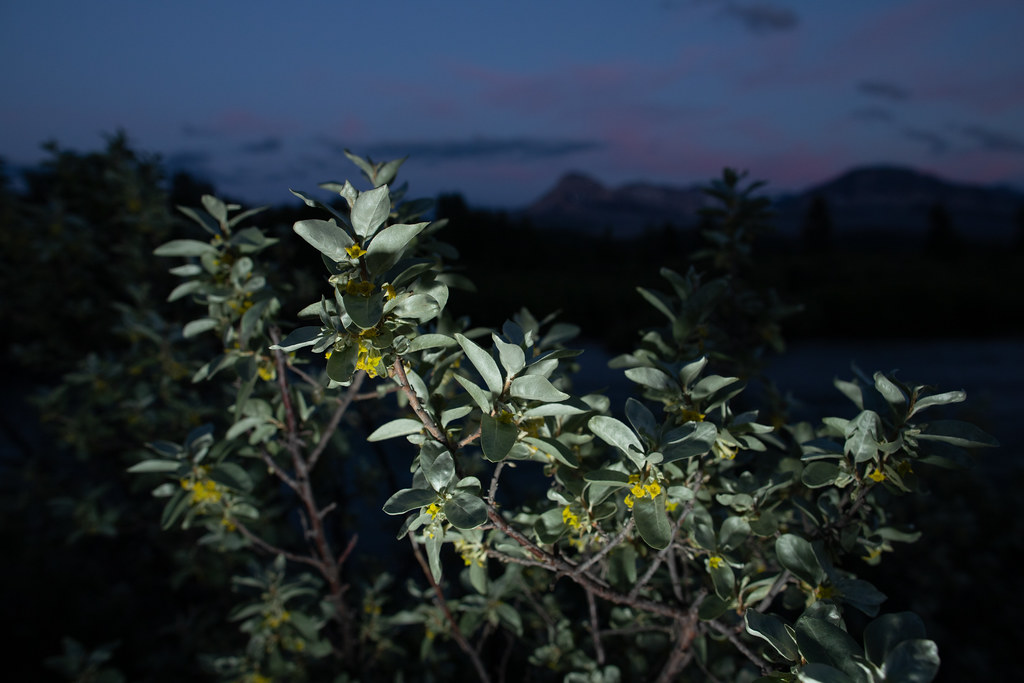
- Scientific name: Elaeagnus angustifolia
- Native plant in: Eurasia
- US introduction: early 1900s as horticultural import
- Banned plant in: Colorado, New Mexico
- Reason: invasive species, environmental harm
Water Hyacinth
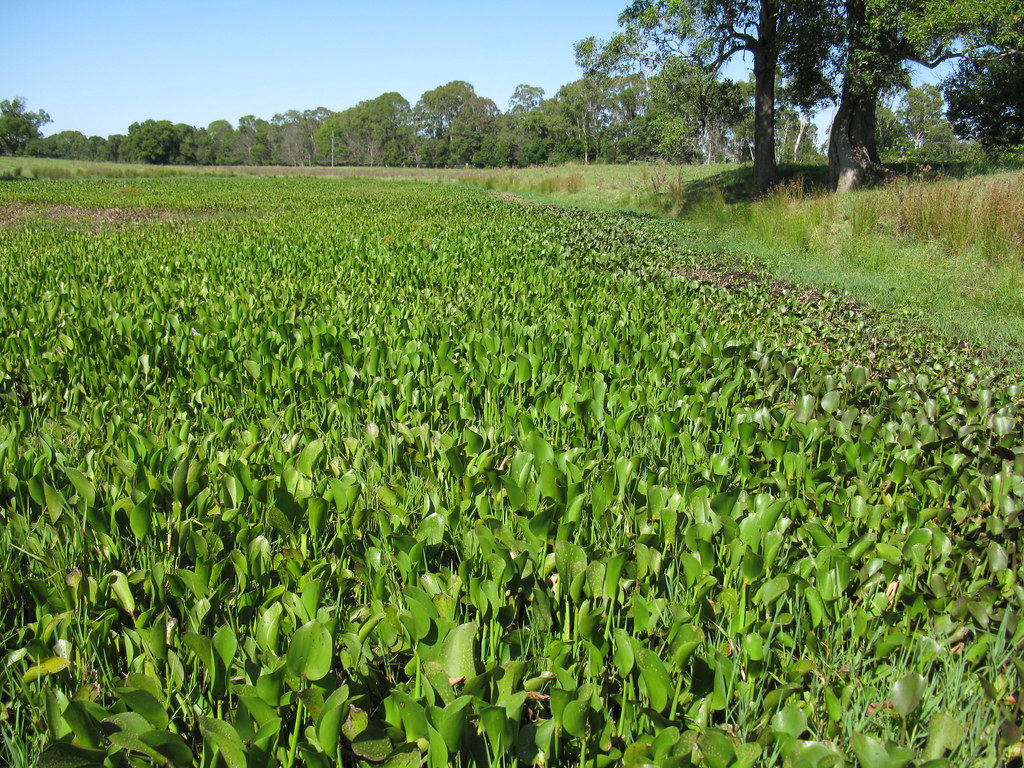
- Scientific name: Eichhornia crassipes
- Native species in: South America (Amazonian Basin)
- US introduction: 1884 as an ornamental plant
- Banned plant in:, Arizona, California, Florida, Massachusetts, Oregon, Texas, and others
- Reason: invasive species, environmental harm, toxic to humans
Water Spinach
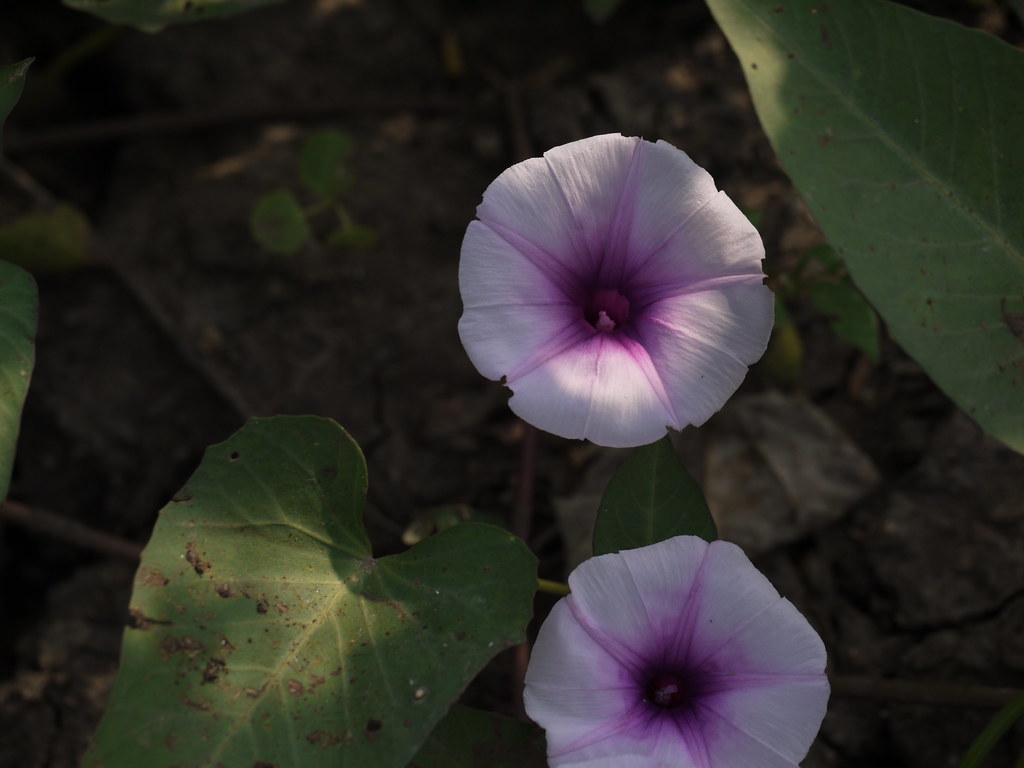
- Scientific name: Ipomoea aquatica
- Native plant in: East Indies
- US introduction: 1950s as a horticultural escapee
- Banned plant in: Arizona, Virginia
- Reason: invasive species, environmental harm
Whitetop
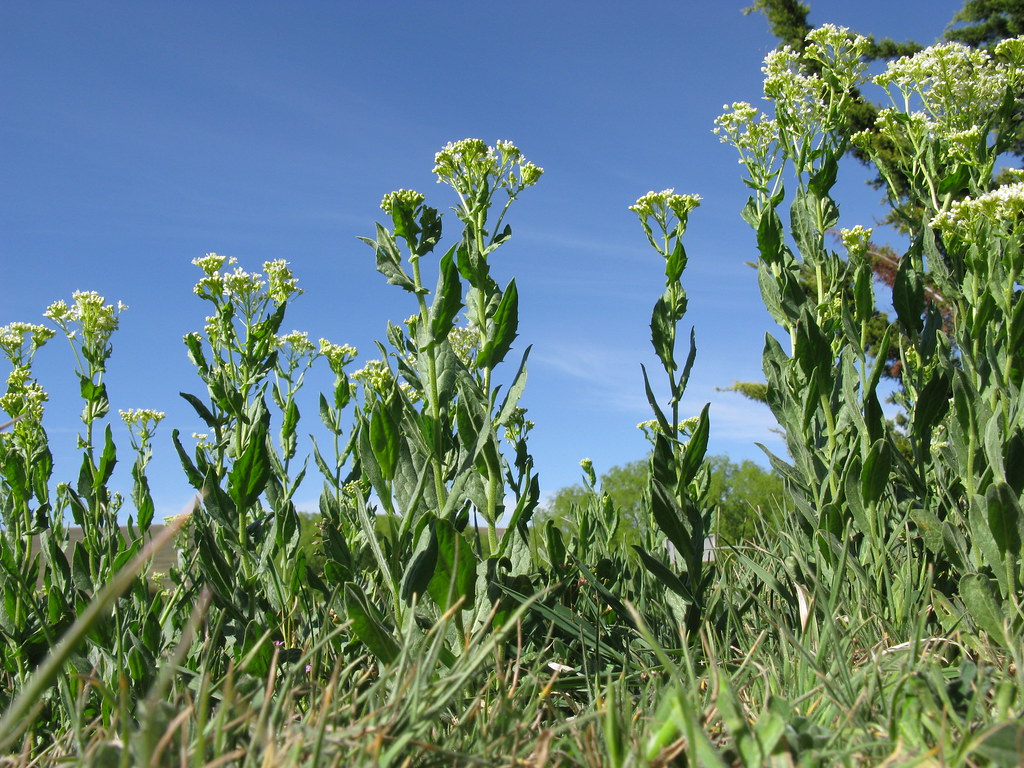
- Scientific name: Lepidium draba
- Native species in: Eurasia
- US introduction: 1800s, possibly as an ornamental plant
- Banned plant in: Arizona, New Mexico
- Reason: invasive species, environmental harm
Yellow Star Thistle
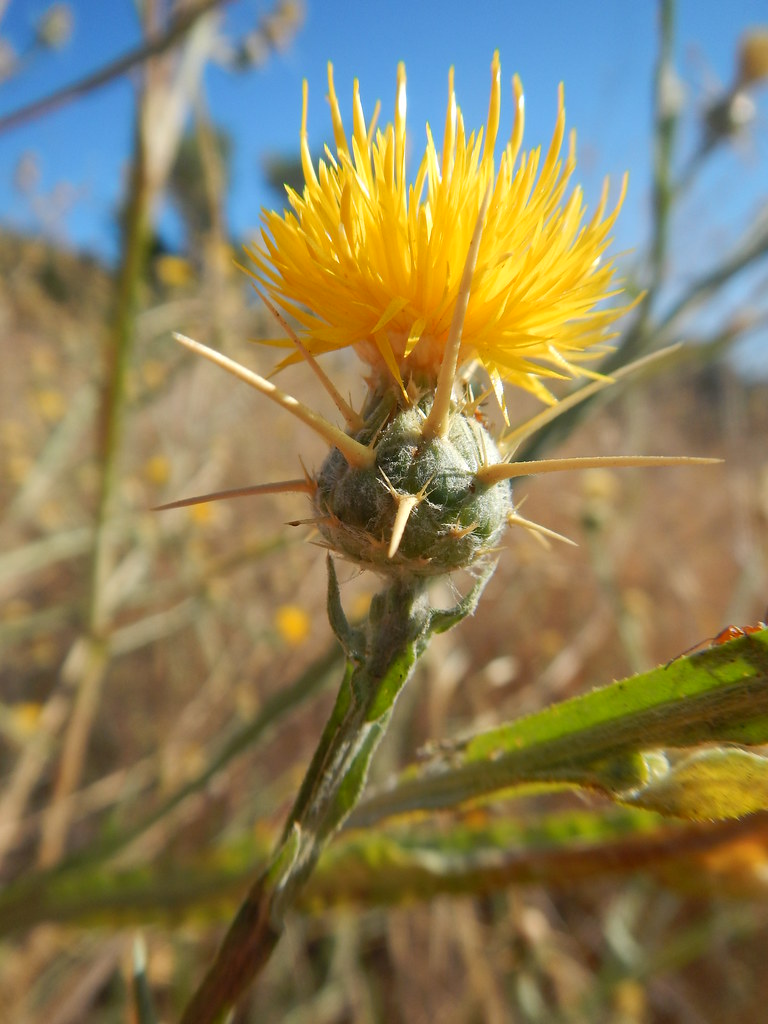
- Scientific name: Centaurea solstitialis
- Native plant in: Eurasia
- US introduction: 1800s by accident (contaminated seeds)
- Banned plant in: Arizona, Minnesota, New Mexico
- Reason: invasive species, environmental harm, economic harm, toxic to horses
Understanding Illegal Plants
As you can tell from this guide, the majority of illegal plants in the United States are considered invasive plant species. This designation applies to any plant species NOT native to a designated area.
As mentioned above, Japanese Barberry is native to Japan but is banned as an invasive species in states like Maine and Pennsylvania. It was first introduced to the US in 1875 as an ornamental plant, imported purely for aesthetic reasons.
Unfortunately, the Japanese Barberry faces no natural competition within our borders. What does this mean? The plant spreads uncontrollably, overtaking and even killing natural ecosystems. Invasive plant species often cause both environmental and economic harm, altering soil composition and ruining crops.
Noxious Weeds vs…Weed?
We can separate banned and illegal plants into two basic groups:
- Noxious Weeds: plants that cause economic and environmental harm.
- Narcotics: plants that get you high.
According to the Federal Noxious Weed Act of 1975:
“The Secretary of Agriculture was given the authority to designate plants as noxious weeds by regulation, and the movement of all such weeds in interstate or foreign commerce was prohibited except under permit. The Secretary was also given authority to inspect, seize and destroy products, and to quarantine areas, if necessary to prevent the spread of such weeds.”
In other words, the federal government can designate a plant as a noxious weed. This effectively makes the sale, distribution, and transportation of that plant illegal without a specialized permit. For example, one US company is permitted to create pure cocaine (for medicinal purposes) from coca leaves. They also put the coca in Coca-Cola!
Many state governments also maintain their own noxious weed databases, cataloging regulated or banned plants within the state’s borders. To determine the legality of a potential banned plant in your area, you may need to consult both local and federal noxious weed directories.
Narcotics: The Other Illegal Plants
This is where banned plant classifications can get a little tricky. We tried to limit the number of narcotic plants in our guide because of this! However, narcotics differ immensely from noxious weeds.
Noxious weeds are typically imported for their beauty, only to eventually overtake local flora populations, ruining natural ecosystems, and spreading uncontrollably. Narcotics simply get you high. Whether a specific banned plant has medicinal value is up for debate (see: marijuana). However, the Drug Enforcement Administration (DEA) has the authority to schedule any substance, plant, or chemical as they see fit.
We won’t bore you with the US drug scheduling system, but here’s what you need to know: Schedule I means “completely illegal” while Schedule IV means “available with prescription,” and everything in between.
The four federally banned narcotic plants on our list:
- Marijuana
- Magic Mushrooms
- Opium Poppy
- Peyote
These plants are NOT invasive species (they don’t overtake local plant populations), and banned plants like magic mushrooms are even native to the US. Because of this, narcotic-illegal plants need to be kept separate from noxious weeds, which pose an actual environmental and economic threat to our communities nationwide.
The Problem with Banning Plants
Now that we’ve examined illegal plants, let’s return to Mississippi. They want to ban kratom because it “lacks medicinal value.” Please tell me: where on this page have you seen a plant banned for lacking medicinal value?
Nowhere, because that’s ridiculous.
Mississippi should instead focus on cogongrass, kudzu, and the seven other noxious weeds spreading within their state. Hey, if kratom is left off illegal plants lists, maybe scientists will better understand the potential medicinal value of kratom plants in the first place. Nevertheless, we expect Mississippi to ignore those scientific results as well.
If you want to get involved and keep kratom legal everywhere, head over to the American Kratom Association and enter the kratom community at large! We also urge you to research local invasive plant species eradication programs in your area. These are the illegal plants that deserve our attention, not plants “without medicinal value,” as there are hundreds of thousands of those.
